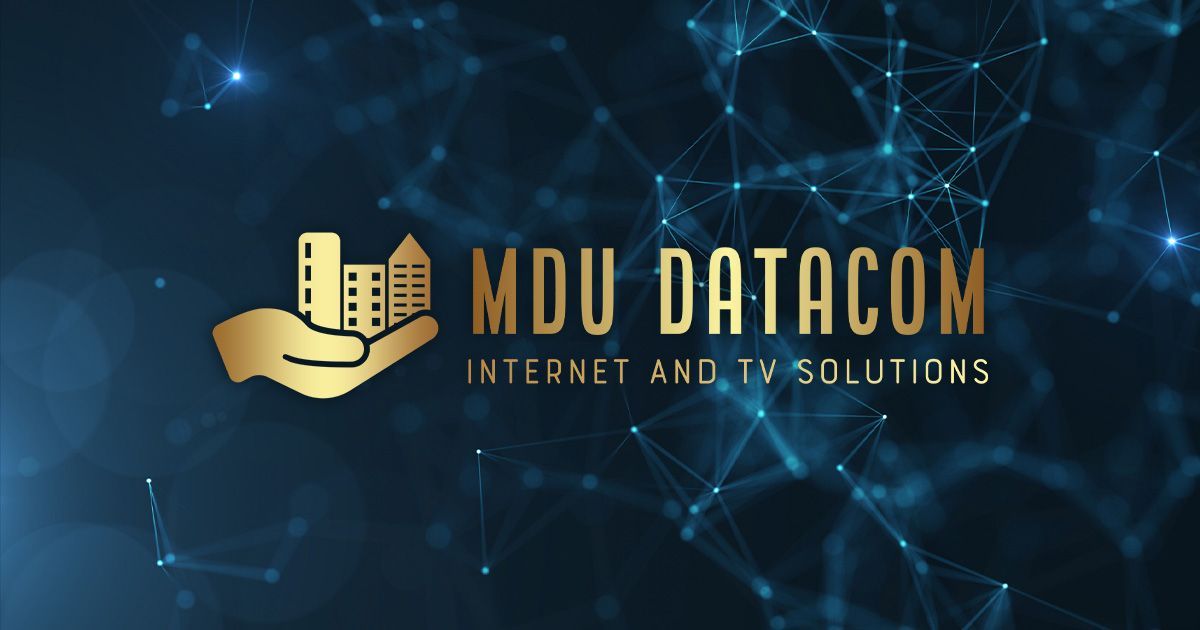Explore the Benefits of Fiber Optic TV Solutions for Massive Implementations
Wiki Article
Fiber optic TV services are growing increasingly widespread for big uses, including in educational institutions, hospitals, and businesses. These solutions use thin fibers of glass or polymer to send data as optical signals. This innovation offers multiple benefits over conventional cable or satellite television solutions. One of the most significant advantages is the rapid broadband connection that fiber optics can offer. This speed allows for seamless streaming of high-definition content, which is crucial for entities that depend on video for education, demonstrations, or entertainment.
Another key benefit of fiber fiber television services is their dependability. Optical optic cables are less susceptible to disruption from weather factors or physical barriers compared to traditional metal wires. This means that organizations can expect a greater stable and reliable link, which is vital for big applications where downtime can lead to significant disruptions. For instance, a hospital needs to guarantee that its connectivity networks are always functioning, and optical optics can help attain that level of reliability.
In addition to velocity and dependability, fiber optic TV solutions also offer increased capacity. This implies that multiple individuals can access the internet and stream content simultaneously without experiencing a decrease in performance. For big entities, this is especially advantageous as it allows numerous staff or students to use the solution at the same time. Schools can stream educational videos in lecture halls while businesses can carry out visual meetings without worrying about delay or buffering problems.
Cost-effectiveness is another benefit of fiber fiber TV solutions. While the upfront installation may be higher than conventional services, the long-term savings can be significant. Fiber technology require fewer maintenance and have a greater duration than metal wires. Additionally, the increased efficiency and velocity can lead to greater productivity, which can save costs in the future. Entities can distribute their assets more effectively when they do not have to manage regular support disruptions or slow internet speeds.

Lastly, optical optic TV solutions are environmentally sustainable. The materials used in fiber optics are not as detrimental to the environment in contrast to conventional wiring. Furthermore, optical technology uses less power, which can help entities reduce their carbon impact. As an increasing number of companies and institutions look for ways to be more sustainable, optical services present a viable choice that corresponds with these objectives. In summary, the benefits of optical television services make them an outstanding choice for large-scale uses, offering speed, dependability, bandwidth, affordability, and click eco-friendly responsibility.